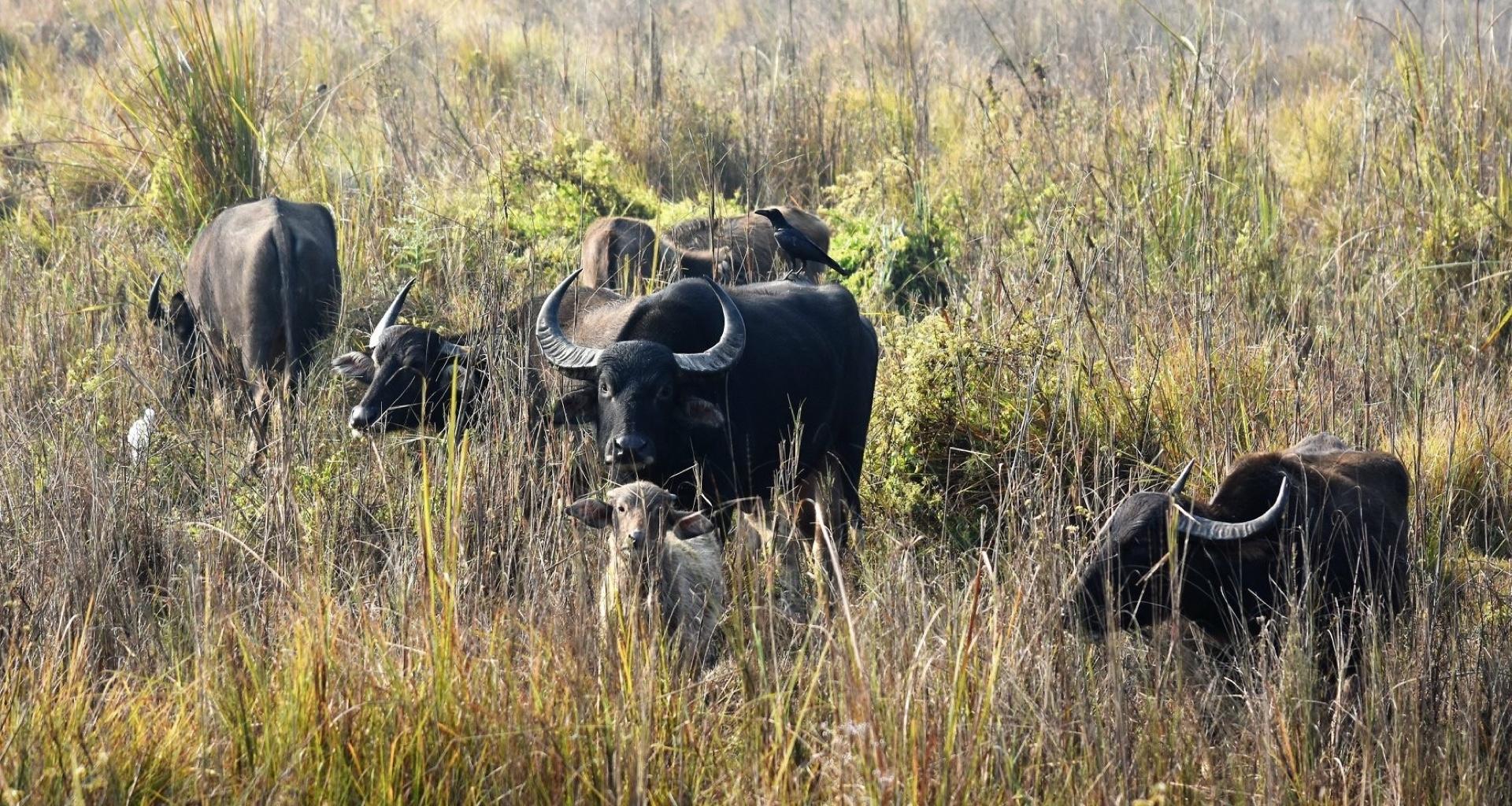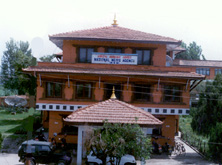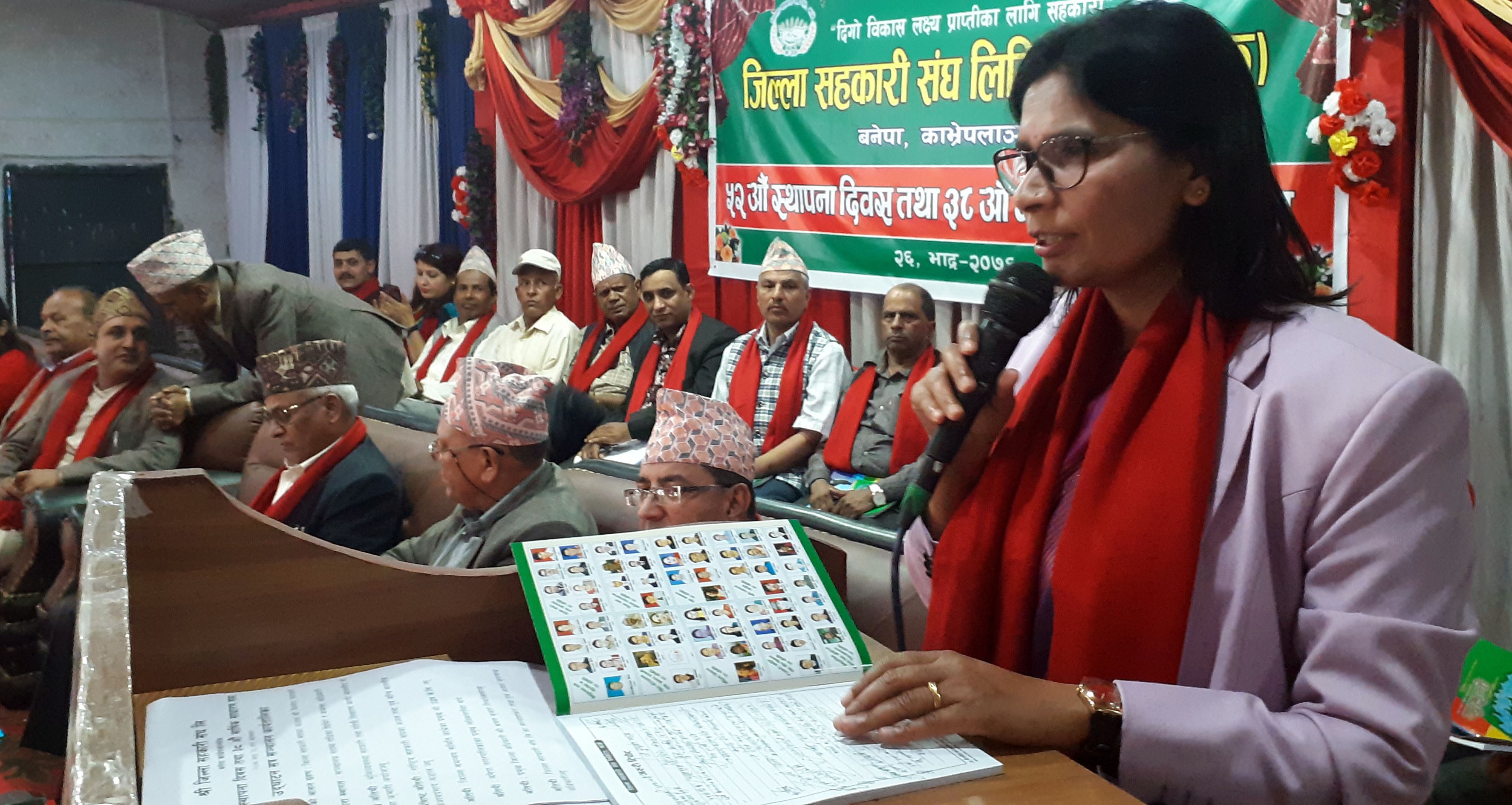Wild buffalo life at CNP comes under threat

By Narayan Adhikari, Chitwan, Dec 23: The survival of wild water buffalo at the Chitwan National Park is at risk for the lack of suitable habitat. A total of 15 wild buffaloes were brought here some five years ago from the Koshitappu Wildlife Reserve and the Central Zoo, Kathmandu in a bid to increase its population.
Twelve of these animals were translocated from Koshitappu Wildlife Reserve while three were brought from the Central Zoo.
Two open habitats have been built in the Purano Padampur Area along the Chitwan National Park to keep the animals. According to CNP chief conservation officer Haribhadra Acharya, 10 animals, including six males and four females, have died since mid-July this year.
The natural disaster has been a major threat to the life of the animal as it is responsible for the deaths of five animals in 2074 BS. Likewise, the animal continues to fall prey to tigers as well. One was devoured by the big cat in 2074 BS. This year too, over six animals died due to flooding and tiger attacks.
The first calf was born on August 18, 2018.
As chief conservation officer Acharya said, the animal could fight back to its enemies only in a larger group. At least a herd of 50 animals is needed for self-defence from a tiger attack. “The existing number of animals is too small, that’s why the CNP could not release them in the open.”
As he said, the animal is finding it hard to adjust to the environment here. In Koshitappu, they would drink fresh water from the Koshi River. Artificial habitats featuring artificial ponds and pastureland seem not suitable for the animal. The animal is vanishing in want of appropriate habitat and fodder, according to him.
CNP senior veterinarian Dr Bijay Kumar Shrestha said, pneumonia was diagnosed on the animals that died lately. This may be due to the impact of floods in the habitats. The CNP said the cause of deaths would be determined after further tests of samples of dead animals.
Recent News

Do not make expressions casting dout on election: EC
14 Apr, 2022
CM Bhatta says may New Year 2079 BS inspire positive thinking
14 Apr, 2022
Three new cases, 44 recoveries in 24 hours
14 Apr, 2022
689 climbers of 84 teams so far acquire permits for climbing various peaks this spring season
14 Apr, 2022
How the rising cost of living crisis is impacting Nepal
14 Apr, 2022
US military confirms an interstellar meteor collided with Earth
14 Apr, 2022
Valneva Covid vaccine approved for use in UK
14 Apr, 2022
Chair Prachanda highlights need of unity among Maoist, Communist forces
14 Apr, 2022
Ranbir Kapoor and Alia Bhatt: Bollywood toasts star couple on wedding
14 Apr, 2022
President Bhandari confers decorations (Photo Feature)
14 Apr, 2022











